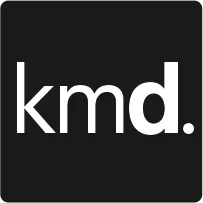
Helping High-Turnover Shopify Brands & Independent Retailers Scale
With Multi-Award-Winning Design, Development, Marketing & Techncial Support




Copyright 2025 | Privacy Policy | Website Terms

With Multi-Award-Winning Design, Development, Marketing & Techncial Support




Copyright 2025 | Privacy Policy | Website Terms